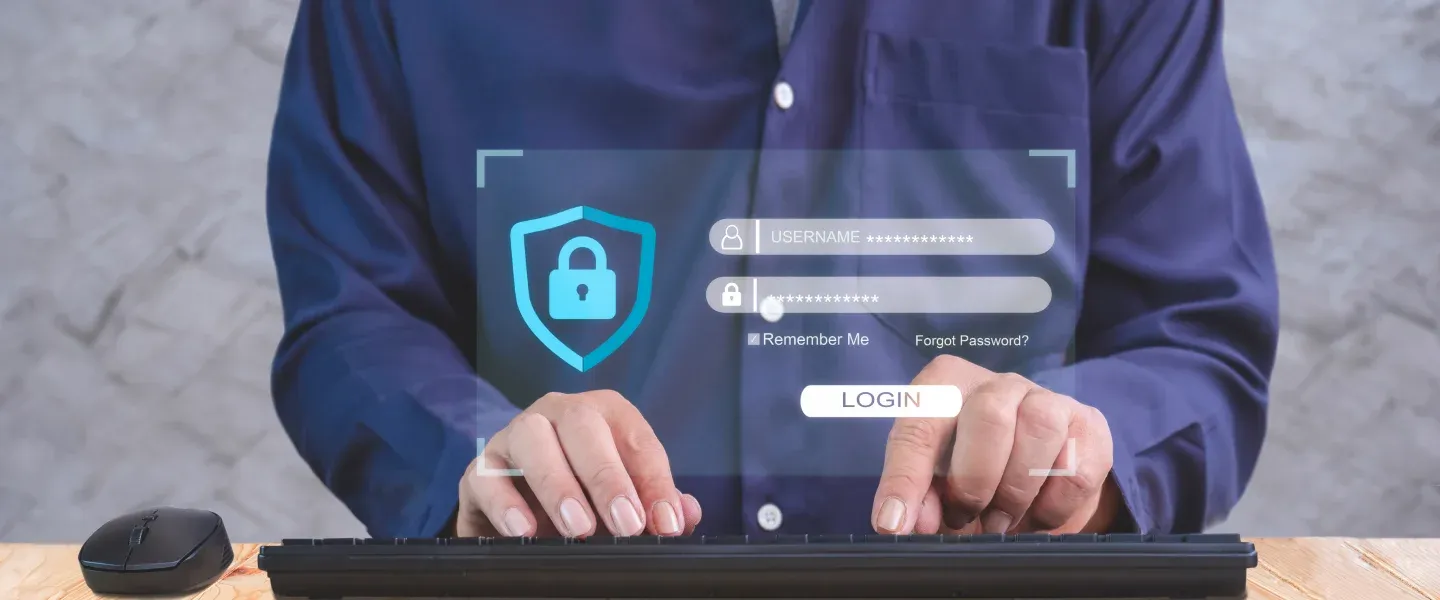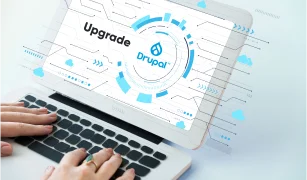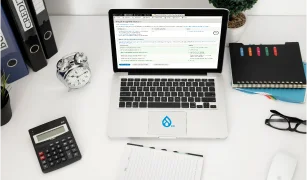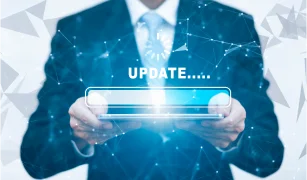Drupal is an open-source CMS that helps websites have rich features that help to increase visitors. More than a million websites are on Drupal, but web admins are still worried about Drupal website security. Most websites request visitors for their personal information for various reasons. They also store their login information, while e-commerce sites also store the financial information of the visitors. Therefore, it becomes necessary to ensure the platform is secure to prevent a data breach.
- Keeping the Modules Up to Date
There are frequent updates in Drupal, and the upgrades plug the security gaps in the earlier versions. Like all other applications and CMS, you must always upgrade the website to the latest versions of Drupal. You can download the newest version over the Drupal repository, and they usually come with several new security features.
You must always use only trusted modules and themes to ensure a secure Drupal website. The web admin can readily check for the available updates from the Drupal admin and download them. When you plan to update the Drupal website, always take a reliable backup of the site.
- Have a Backup of the Website
There could be an unforeseen event that may cause damage to the website. While such events cannot be foretold, web administrators must be prepared for them. The damage can be mitigated by taking frequent backup of the website. You can use the Backup and Migrate module for handling the backups, and it should be high on the Drupal security checklist.
You can have both online and offline backups of the website. The default setting can allow you to have a download of the backup but can also make changes as per your needs. The Backup and Migrate module enables the transfer of the backup files to a pre-set address. After making the changes, you must click on “Backup now”.
There are advanced backup options, including providing a timestamp to the file, encrypting the files, and changing the compression format. In addition, the Schedules tab can allow editing of the backup schedules as per the requirement. You can also use the CLI method for backup that can be done in two ways, viz.
- Using Crontab and Native Commands based on the backup
- Using Drush in combination with the Crontab
- Follow a Strong Password Policy
Strong passwords are the essence of website security. Your company must have a robust password policy that will ensure that the users use strong passwords for their access to the website. The passwords will be used by the web administrators and the users too. All of them must have strong passwords that follow global best practices.
Always ensure that the passwords provide strength through complexity and combine characters and alphabets but not necessarily in a sequence. The Password Policy module can define the constraints that should be met before the changed password of a user can be accepted.
- Login Security
You must cap the number of login attempts at a time, and versions above Drupal 7 allow this feature. The Login Security module provides access control that can deny IP access to the entire website content. The administrator can also deny access to specific IP addresses permanently.
Emails can also be sent to the administrator to know when password or account guessing is happening. Any unexpected login behavior can also be intimated. The Login Security module can also disable the login error messages of the Drupal core. There is an option whereby the users can see the last login along with the timestamp.
A Flood Control module acts as an interface for the flood control variables. It allows the administrator to remove user IDs and IP addresses from the flood table. The automated logout feature allows the user to be logged out after a predetermined time of no activity. In addition, there is an ability to ensure role-based timeout or disabling timeouts based on assigned roles.
- Setting up the Two-Factor Authentication (2FA)
The two-factor authentication mechanism requires a physical device in your possession. As an additional security feature, the user must enter a code to log in. The code would be sent to the device selected by the user. It is easy to set up this additional feature using the 2 Factor Authentication module of Drupal.
There are 15+ 2FA methods, including the Google Authenticator. The features include IP whitelisting, domain-based, role-based 2FA. Even if the registered device is lost, alternate login methods like OTP over email and security questions are supported.
- Limit the Access to User Accounts
One of the ideal Drupal security best practices is to limit access to the account. The users who have access to the back end add to the security risk of the website. The web admins must restrict the access to only the developers who need to access it, and that too for a specific time. The admins must check the user accounts and stay aware of who all have full access to the back end and whether they require the access anymore.
Roles can be assigned to the users, and the setting can be customized. Apart from the administrator rights, you can allocate these rights to users too:
- Provide read-only access without the ability to change content
- Add content without any modification rights
- Modify or add content
- Spam Protection
To ensure a secure Drupal website, you must protect it from spam. Drupal has anti spam features that keep it safe. The Honeypot module prevents spam bots from completing forms on the site. It is effective against several different spambots and caters to all types of forms on the site.
Antibot is another module that prevents form submission by bots. It can also prevent spam submissions and can protect the forms while continuing to cache the page. It does not require any integrations and works on mobile devices too.
The use of captcha has long been the ideal way to block bots. The Captcha module prevents spam submission by bots and can be used by any user-facing web form. In addition, there are other spam filtering solutions like the Antispam module that can ensure Drupal website security using the Akismet antispam services.
- Ensuring the Drupal Core is Secure
The core should always be updated to the latest version. You can follow the Drupal Security team on social media channels for alerts on updates. A Security by Design framework allows designing the website such that the impact of any vulnerability is minimized. The security best practices must be followed at the architectural level.
The Paranoia module in Drupal helps to prevent an attacker from gaining additional permissions on the Drupal site. It identifies the vulnerabilities and notifies the web admin when the hacker tries to evaluate the PHP through the web interface.
- Database Security
As a security precaution, you must block access to the critical files at the back end. You can change the table prefix to make it difficult for an intruder to guess and initiate SQL injections. The table prefix can be changed when installing Drupal.
While setting up the database, click on the “Advanced Options”, you will come across the host, port number, and the Table name prefix fields. Insert the table prefix there. If you have named the database, change it, and make it more difficult to guess.
The administrator must restrict access to the server while constantly monitoring the server access. The server signature must be hidden, too, and keep the port numbers hidden from public access. As a general feature, always keep the core updated to the latest version.
Drupal also allows you to encrypt the database. You may encrypt parts of the database or the whole of it. The Drupal configuration can pass the encryption laws or privacy standards.
- Install an SSL Certificate
It is essential to install an SSL certificate to protect your website. Moving to the HTTPS protocol will ensure that the communication exchange with the visitor's browser is encrypted. No third party can have access to this information, and the source is authenticated too. It can prevent man-in-the-middle attacks and ensure that your website is safer. Moreover, it can also help in SEO and improve site performance.
Conclusion
There is a need to improve the security of your Drupal website. You can start by having stringent password policies and keeping Drupal up to date. You can also deploy security plugins and use an SSL certificate. We have discussed the ways you can keep the website secure. You may also reach out to us to initiate a discussion with our experts about how to secure your Drupal site. We will await your call!




